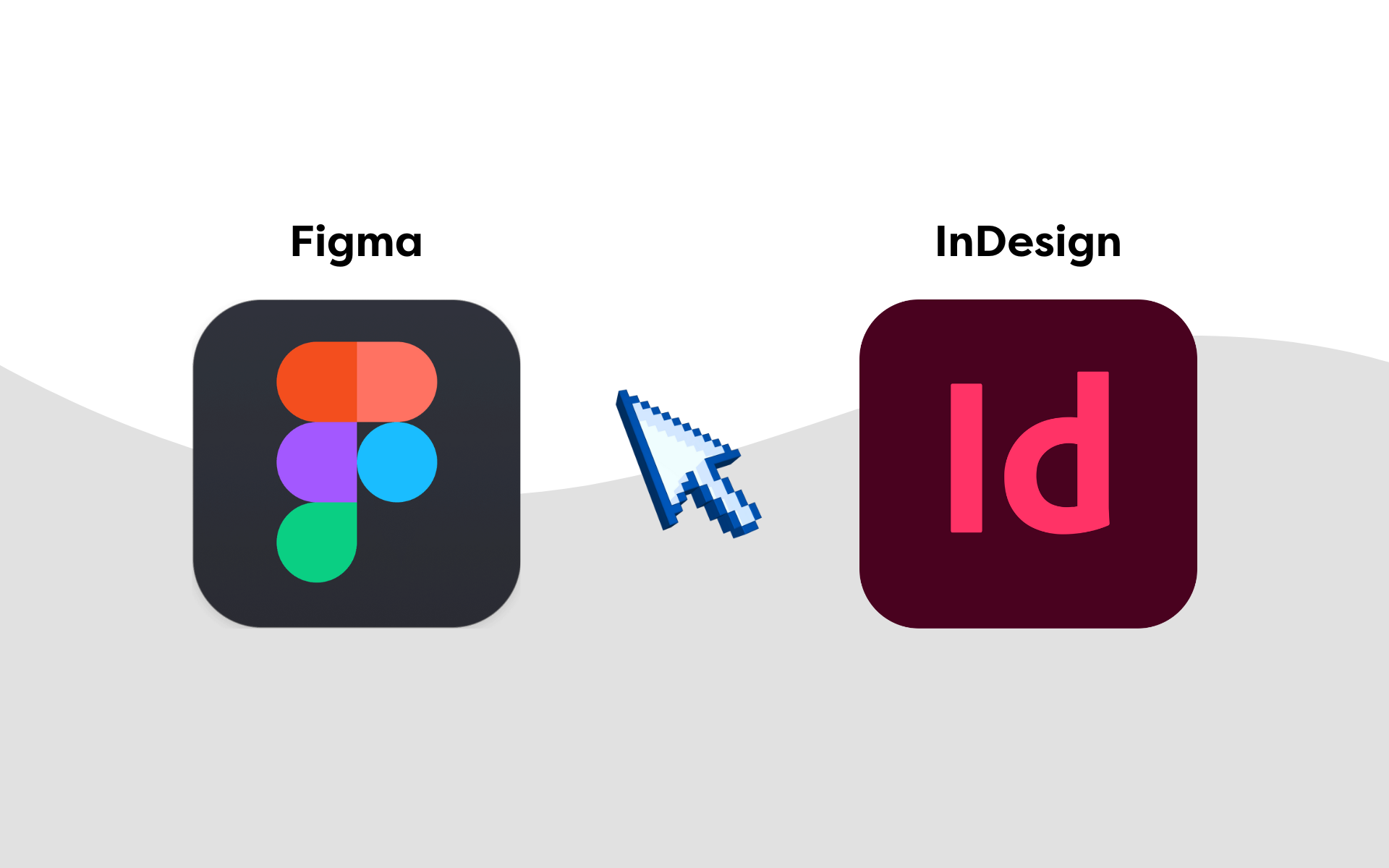The first impression your business makes to any potential client or consumer is usually a visual one. This includes the design of your logo, your website, and the colours used within your visual identity.
These choices are powerful for advertising and getting customers to trust your business.
Choosing the right colour scheme for your brand and visual identity is not just about picking any old colours, or even picking two or three complementary colours. It’s an important part of building your digital footprint and affects how your audience perceives you as a brand.
Here are some ideas and basic guidelines to help you choose the best colours for your business.
The Importance of Colour
Colour can evoke different emotions and feelings. Some colours put you in a happy mood, while others can make you feel uneasy. When it comes to designing a logo, website, or marketing materials for your business, it’s important to consider the feelings that colours convey and how they affect your audience.
Imagine a red apple. The apple is one of the most popular fruits in the world because of its iconic red colour. But, why does the colour red make people think about apples? It might be because apples just happen to be red but also because the colour has connotations of life, love, vitality, and warmth.
Designers know that when they want customers to feel excited and confident they should use vibrant orange shades like Pantone 1665 C or Pantone 1445 U. When they want consumers to feel relaxed they should use soothing blue hues like Pantone 282 U. When they want them to feel confident they should choose red hues like Pantone 1805 C or Pantone 1789 U. If they want their customers feeling sophisticated then pale pink colours are an excellent choice such as Pantone 2305 C or Pantone 2304 U.
Choosing colours for your business is about more than mixing together two things you like or picking something pretty on a colour wheel. You have to take into account how colours affect people and what feelings you want to evoke when they’re looking at your brand.
Choosing the Right Colours
Your logo is one of the most important marketing strategies for your business. It’s what people see first when they look at your branding and your business. You want them to be drawn in by the design and then trust you as a brand that is both professional and reliable. Having a logo that represents your brand can be difficult with so many different colours and styles to choose from.
Choosing colours for a logo is an art form, but there are some guidelines to follow that can help.

One of the most common mistakes people make is using too many colours in their logo design. If you’re not careful, it can make your logo look cluttered or unprofessional. Limit yourself to no more than three colours in your logo: one main colour, one accent colour, and one neutral or background colour. This will create contrast within your design while ensuring it’s simple enough for people to understand what it represents.
Another strategy you can use is choosing complementary colours for your logo design instead of similar ones like blues or greens. Complementary colours are two different shades on opposite ends of the colour wheel – such as red and green or yellow and purple. These opposites will create a sense of tension that’s visually pleasing but also create balance in your design choices.
Choosing Your Brand Identity
Your brand identity is the personality of your company. Your logo, colours, and tone of voice all contribute to this and help form your visual identity. When developing your brand identity, it’s important to ask these questions:
- What is the goal of your business?
- How would you like your customers to describe your business, what words would they use?
- What qualities do you want your company to have?
Choosing the right colours for your brand should be based on how you want to express yourself as a business. For example, if you’re a family-oriented business that emphasises health and wellness, then greens and pastel blues might be good choices for you. If you want to come across as professional but fun and quirky, then royal blue and yellows might be appropriate colours for branding.
The point is that there’s no one-size-fits-all approach for any business. Start by considering what qualities you want your company to portray and what message you’re trying to send. Use this information when deciding on your colours for logos, websites, products, packaging or any other areas where the colour scheme will be displayed.
Colour Psychology and Your Business
The first thing to know about colour psychology is that humans have a natural preference for colours. This means that particular colours elicit different reactions and feelings depending on the person, their background and their culture.
Different cultures and even people within those cultures prefer different colours. For example, in some cultures, people associate the colour red with anger or passion, while others see it as a sign of good luck or fortune.
It’s easy to understand why the choice of colour is so important for your business – if you use the wrong colours, your audience may think negatively about you before they even know anything about you!
For example, green is associated with feelings of serenity and calmness. If you choose this colour for your business logo, customers might feel safe enough to spend money with you or share personal information. However, if a website uses green text on a black background rather than white text on a green background, it can be difficult to read and may in some cases even cause confusion.
What are some guidelines to follow when choosing colours? There are three main things to consider when deciding what colour scheme will work best for your company:
1) What are the associations of your target demographic?
2) What styles do you want to portray in your branding?
3) What will make it easiest for customers to find you?
Colour Schemes You Can Use
There are many different colour schemes to choose from. Whether you’re looking for a monochromatic or contrasting scheme, there’s a type that will work for your business.
The simplest and most common colour scheme is monochromatic. This includes any combination of three colours, but they must be in the same hue family. For example, blue, navy blue and turquoise would all be considered monochromatic because they come from the same hue family. If you want to use more than three colours in your scheme, you would need to make sure they sit within different families.
Contrasting colour schemes include two or three colours that contrast with each other on the colour wheel. Blue and orange would be an example of a contrasting colour scheme because they are opposites on the colour wheel.
Three-way colour schemes include three colours that aren’t near each other on the colour wheel. These can include an analogous (colours adjacent to each other on the colour wheel), triadic (three colours equally spaced around the wheel) or complementary (two opposites).
Conclusion
There are many factors to consider when choosing the right colour scheme for your business. Do you want to choose the colours that reflect your personality or your industry? What about the colours that will make your logo stand out?
The best thing to do is do your research and find out which colours will best represent your brand. You can also get inspiration from other companies in your industry or from your staff’s favourite colours. That way you can be sure that the colours you choose will work well for you on a long-term basis.








